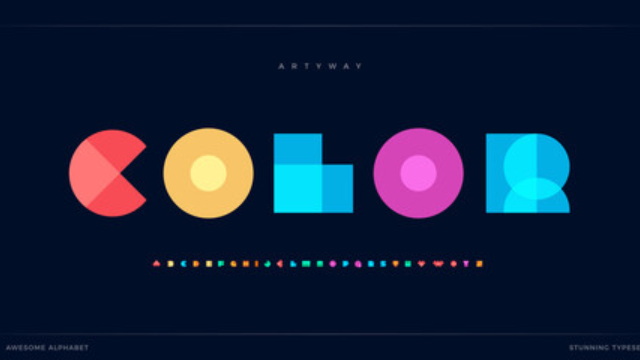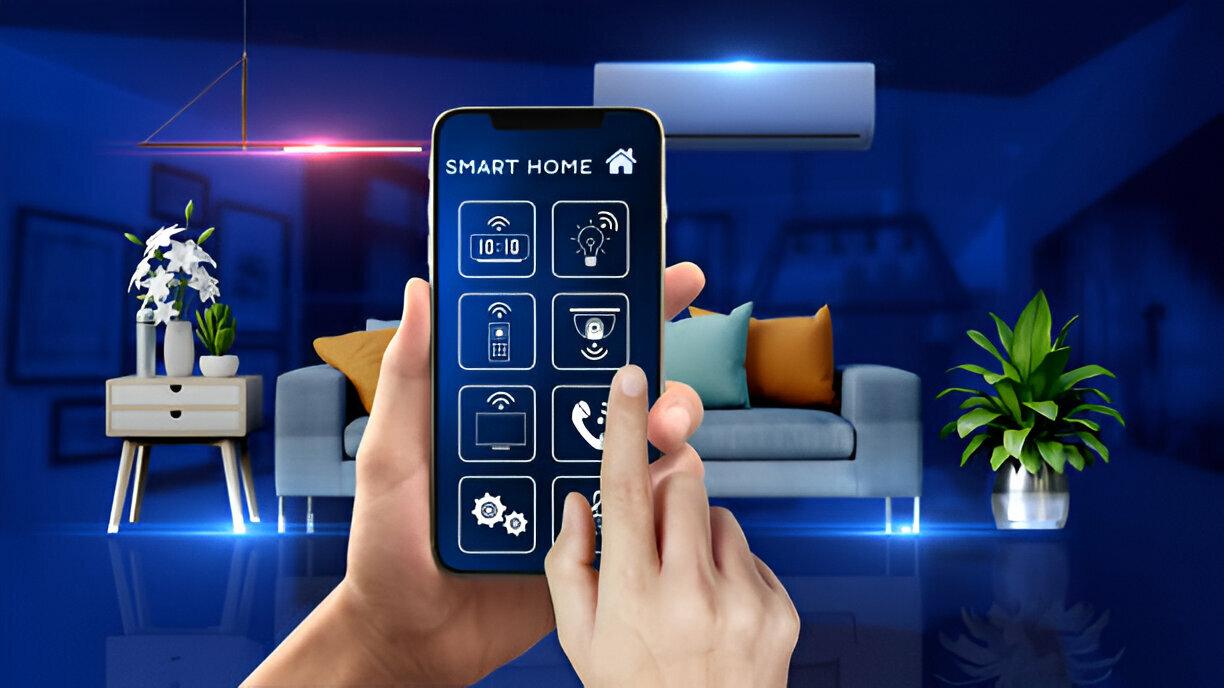Do you ever wonder about the distinction between typography and graphics? Well, look no further! In this article, we’ll delve into the world of design and explore the unique roles that typography and graphics play in visual communication. You’ll discover the key differences between these two elements and understand why grasping their significance is crucial in the world of design. So, buckle up and get ready for an enlightening journey into the realm of typography and graphics!
Definition of Typography
Typography is the art and technique of arranging type using a combination of letters, numbers, symbols, and characters to create visually appealing and effective communication. It plays a crucial role in design, whether it’s in print or digital form. In fact, typography styles can greatly impact the overall look and feel of a project. From elegant and sophisticated serif fonts to modern and minimalist sans-serif fonts, the choice of typography can convey different emotions and messages.
When it comes to web design, typography takes on a whole new level of importance. With the rise of digital platforms, designers must consider factors such as legibility, readability, and accessibility. The typefaces used in web design need to be carefully selected to ensure that they are easily readable on various devices and screen sizes. Additionally, typography in web design goes beyond just choosing the right fonts. It involves careful attention to spacing, hierarchy, and alignment to create a visually pleasing and user-friendly experience.
Definition of Graphics
Graphics are the visual elements that make a lasting impact on the viewer. They are the vibrant colors, the bold lines, and the striking images that catch your eye and draw you in. Graphics play a crucial role in the design process, as they help convey messages, evoke emotions, and create a memorable experience for the audience.
Visual Impact of Graphics
When creating visual designs, it is important to understand the power of graphics in captivating and engaging an audience. Graphics have the ability to tell a story visually and create a strong emotional impact. Here are four ways in which graphics can evoke emotion in your audience:
- Color: Vibrant colors can evoke excitement and energy, while muted tones can create a sense of calm and tranquility.
- Composition: The arrangement of elements within a design can convey different emotions. A balanced composition can create a feeling of stability, while an asymmetrical layout can generate a sense of tension or movement.
- Typography: The choice of fonts and how they are used can communicate emotions. Bold, uppercase letters can express strength and confidence, while delicate, cursive fonts can evoke a sense of elegance and romance.
- Imagery: The use of powerful and evocative images can stir emotions in your audience. Whether it’s a photograph, illustration, or icon, visuals can elicit joy, sadness, awe, or any other desired emotion.
Role in Design Process
To understand the role of graphics in the design process, you must consider their ability to visually communicate information and enhance the overall aesthetic appeal. Graphics are essential design elements that play a crucial role in capturing the attention of your audience and conveying your message effectively. They have the power to evoke emotions and create a lasting impression. Graphics in the design process allow you to create a cohesive and visually appealing layout that captures the essence of your message. From choosing the right colors, shapes, and images to arranging them in a visually pleasing way, graphics are an integral part of the creative process. They add depth, dimension, and personality to your designs, making them more engaging and memorable. By incorporating graphics into your design, you can elevate your work and create a visually stunning masterpiece.
Role of Typography in Visual Communication
Typography plays a crucial role in enhancing visual communication by effectively conveying information and evoking emotions through the use of fonts, sizes, and styles. When it comes to typography in advertising, the right choice of fonts can evoke excitement, urgency, or trust in the audience. Bold and energetic fonts can capture attention and create a sense of urgency, making the audience more likely to take action. On the other hand, elegant and sophisticated fonts can convey a sense of luxury and exclusivity, enticing the audience to desire the product or service being advertised. In web design, typography plays a vital role in creating a visually appealing and user-friendly experience. The right choice of fonts, sizes, and styles can enhance readability and make the content more engaging. Typography can also help establish the brand’s identity and create a cohesive visual language throughout the website. By carefully selecting and designing typography elements, web designers can guide the audience’s attention, create a hierarchy of information, and evoke specific emotions to enhance the overall user experience.
Role of Graphics in Visual Communication
As you delve into the role of graphics in visual communication, you’ll discover their immense visual impact. Graphics have the power to catch the viewer’s eye and leave a lasting impression. They enhance the message being conveyed, making it more memorable and engaging. From vibrant images to captivating illustrations, graphics play a vital role in capturing attention and effectively communicating information. Additionally, they contribute to brand recognition, as well-designed graphics can instantly evoke a specific brand’s identity and values. So, when it comes to visual communication, graphics are an essential tool for creating a visually compelling and impactful experience.
Visual Impact of Graphics
When using graphics in visual communication, it is important to understand their role and how they create a visual impact on viewers. Graphics have the power to evoke strong emotions and leave a lasting impression. Here are a few ways in which graphics can create a visual impact:
- Color: Vivid and contrasting colors can capture attention and evoke different emotions. Warm colors like red and orange can create a sense of excitement, while cool colors like blue and green can evoke a calm and soothing feeling.
- Composition: The arrangement of elements within a graphic can guide the viewer’s eye and create a sense of balance or tension. A well-composed graphic can draw the viewer in and make them want to explore further.
- Imagery: The use of powerful and visually striking images can instantly convey a message or tell a story. Images have the ability to evoke emotions and create a strong connection with the viewer.
- Typography: The choice of fonts and typography styles can greatly impact the visual impact of a graphic. Bold and unique fonts can grab attention and convey a certain mood or tone.
Understanding the visual impact of graphics and utilizing visual hierarchy can greatly enhance the effectiveness of visual communication. By carefully considering color, composition, imagery, and typography, you can create graphics that are not only visually appealing but also impactful and memorable.
Enhancing Message Through Visuals
To enhance your message through visuals in visual communication, consider the role of graphics and how they can effectively convey your intended message. Graphics have the power to enhance aesthetics and evoke emotions, making them an important tool in visual communication. By carefully selecting and incorporating graphics into your design, you can create a visually appealing and emotionally impactful message.
When it comes to enhancing aesthetics, graphics can add depth, texture, and color to your design. They can create a visually pleasing composition that captures the attention of your audience. Whether it’s a photograph, illustration, or icon, the right graphic can instantly elevate the visual appeal of your message.
Graphics also play a crucial role in conveying emotions. They can evoke feelings of happiness, sadness, excitement, or nostalgia, depending on the visual elements used. For example, a bright and vibrant graphic can evoke a sense of joy and energy, while a black and white photograph can convey a feeling of nostalgia or melancholy.
Role in Brand Recognition
Graphics play a crucial role in brand recognition, allowing you to visually communicate your brand’s identity and evoke recognition and familiarity among your audience. When it comes to brand consistency, graphics serve as a powerful tool in reinforcing your brand identity. By incorporating consistent visual elements, such as logos, colors, and imagery, you create a cohesive brand experience that resonates with your audience. Additionally, graphics help create an emotional connection with your audience, evoking feelings of trust, excitement, and loyalty. Through carefully designed visuals, you can convey the essence of your brand and what it stands for, leaving a lasting impression on your audience’s minds. Ultimately, graphics play a vital role in building and maintaining a strong brand identity and ensuring that your brand is easily recognizable in a crowded marketplace.
Key Differences Between Typography and Graphics
Typography and graphics have distinct characteristics that set them apart from each other. While both play a crucial role in visual communication, understanding their key differences is essential for effective design.
Typography primarily focuses on the arrangement and design of letters, numbers, and symbols. It encompasses various aspects such as font selection, spacing, and alignment. Typography is centered around the creation of readable and visually appealing text, with an emphasis on legibility and hierarchy. It sets the tone and conveys the intended message through the use of typefaces, sizes, and styles.
On the other hand, graphics encompass a broader range of visual elements, including images, illustrations, and icons. Unlike typography, graphics are not limited to textual elements. They are used to convey complex ideas, emotions, and concepts that may be challenging to express through words alone. Graphics have the power to evoke emotions, capture attention, and enhance the overall visual experience.
While both typography and graphics are important in design, the key difference lies in their primary focus. Typography emphasizes the arrangement and design of textual elements, while graphics encompass a wider range of visual elements. By understanding these distinctions, designers can effectively combine typography and graphics to create visually compelling and impactful designs.
Importance of Understanding Typography and Graphics in Design
Understanding the differences between typography and graphics is crucial in design, as it frequently informs how these elements are combined to create visually compelling and impactful designs. Typography and graphics are not only tools but also powerful mediums through which you can convey your message and captivate your audience. Here are four reasons why understanding typography and graphics is essential in design:
- Practical applications: By understanding typography and graphics, you can effectively communicate information and enhance readability in various design projects such as websites, brochures, and advertisements. Knowing how to choose the right fonts, sizes, and colors can greatly improve the user experience and make your designs more accessible.
- Creative expression: Typography and graphics offer endless opportunities for creative expression. They allow you to experiment with different styles, layouts, and visual elements, enabling you to bring your unique artistic vision to life. Understanding how to harmoniously blend typography and graphics can elevate your design work and make it stand out from the crowd.
- Visual hierarchy: Typography and graphics play a crucial role in establishing visual hierarchy within a design. Through the use of different font weights, sizes, and styles, you can guide the viewer’s eye and emphasize important information. By understanding the principles of typography and graphics, you can create designs that effectively communicate your intended message and guide the viewer’s attention.
- Emotional impact: Typography and graphics have the power to evoke emotions and create a lasting impact on the viewer. The choice of fonts, colors, and visual elements can convey different moods, attitudes, and feelings. By understanding how typography and graphics work together, you can strategically design layouts that elicit specific emotional responses from your audience.



